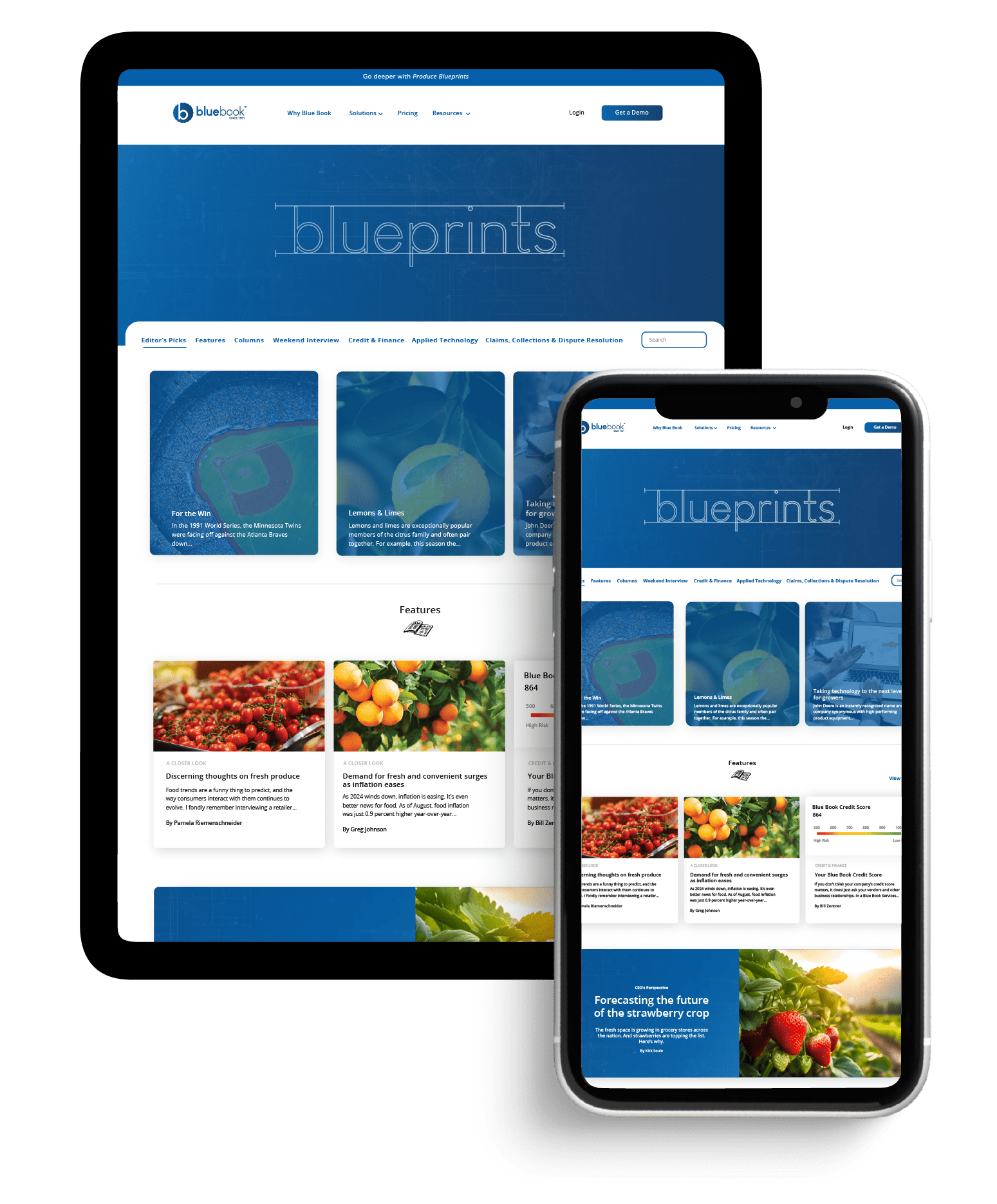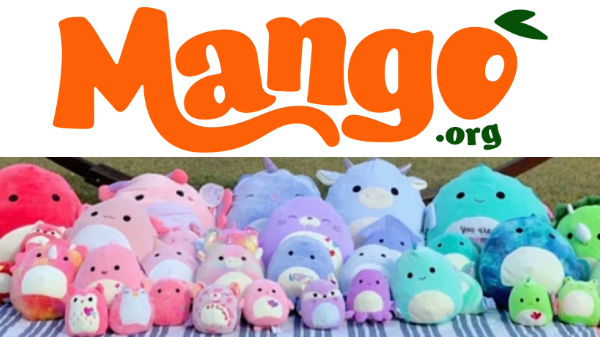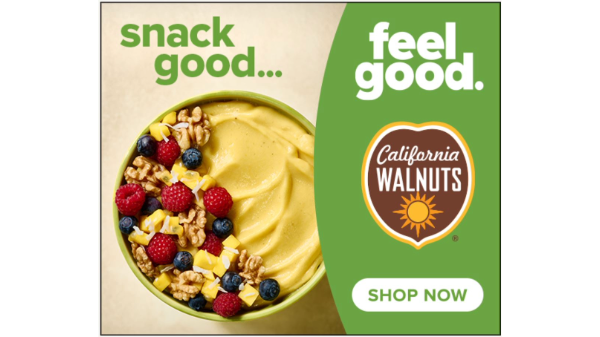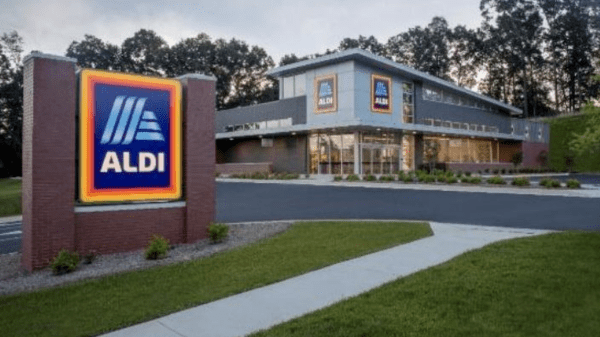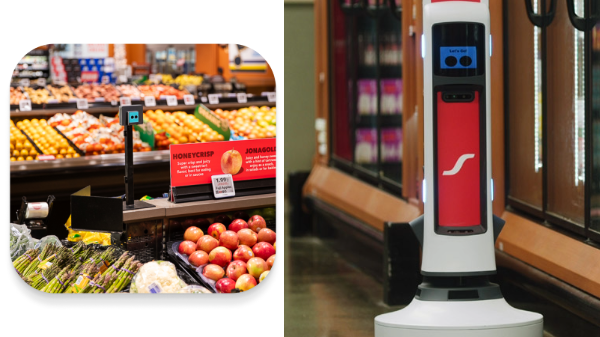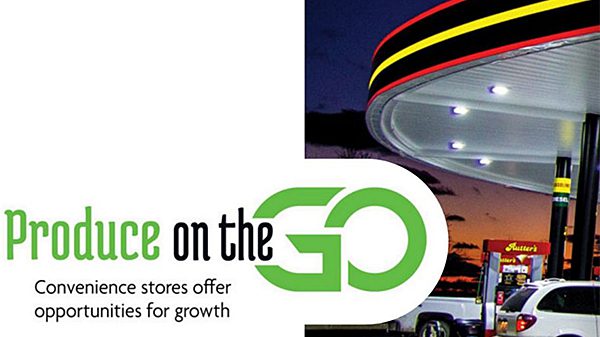
Helping customers become accustomed to convenience stores as a place they go for fresh produce is not an easy proposition because it requires reshaping their habits.
People visiting grocery or big box stores generally spend about 40 minutes per visit.
Jeff Lenard, vice president of strategic industry initiatives at the National Association of Convenience Stores notes the majority of those dashing into a C-store for their morning coffee will spend only between three and four minutes in the store.
“Most people know what they’re going to get before they enter the store,” he says. “They’re going to get exactly what they got last time.”
Offering fresh-cut fruit cups, salads, or other items in eye-catching displays, or adding promotions like a free banana with the purchase of a bottle of water may lead customers to rethink their habits.
“They may see a fruit cup or salad and put that in the back of their mind for when they do want it,” Lenard says. “It’s about breaking the routine.”
To help fresh produce sales succeed, he says stores need to think outside the box about what they offer and remember customers’ wants and needs. The same advice applies to growers and distributors.
“You need to look at ways to expand your business, because everyone else in every other channel is,” he says.
For producers or growers hoping to get their products into convenience stores, Lenard advises talking to store managers and finding out how these items are sourced. Even with the challenges they face, C-stores may still offer sales opportunities.
“People still have to get gas or a snack or lunch,” Lenard says. And while many consumers may not see convenience stores as destinations for shopping, this is changing. He and others see a day when C-stores will sell tomatoes, sacks of potatoes, and other items customers will take home to prepare meals.
A big draw for convenience stores is efficiency.
“Consumers want to make less stops,” Lenard says. “They want to get what they need and get home.”
Rutter’s, the York, PA-based chain of 78 convenience stores, which has a red and yellow logo that poses the question, “Why go anywhere else?” is counting on customers coming to view its stores as places where they can get anything they need, from a tank of gas to the fixings for home-cooked dinners.
“As we build bigger stores, we’re becoming more of a destination stop,” says Chad White, foodservice category manager.
This is an excerpt from the cover story of the November/December issue of Produce Blueprints Magazine. Click here to read the full feature.


